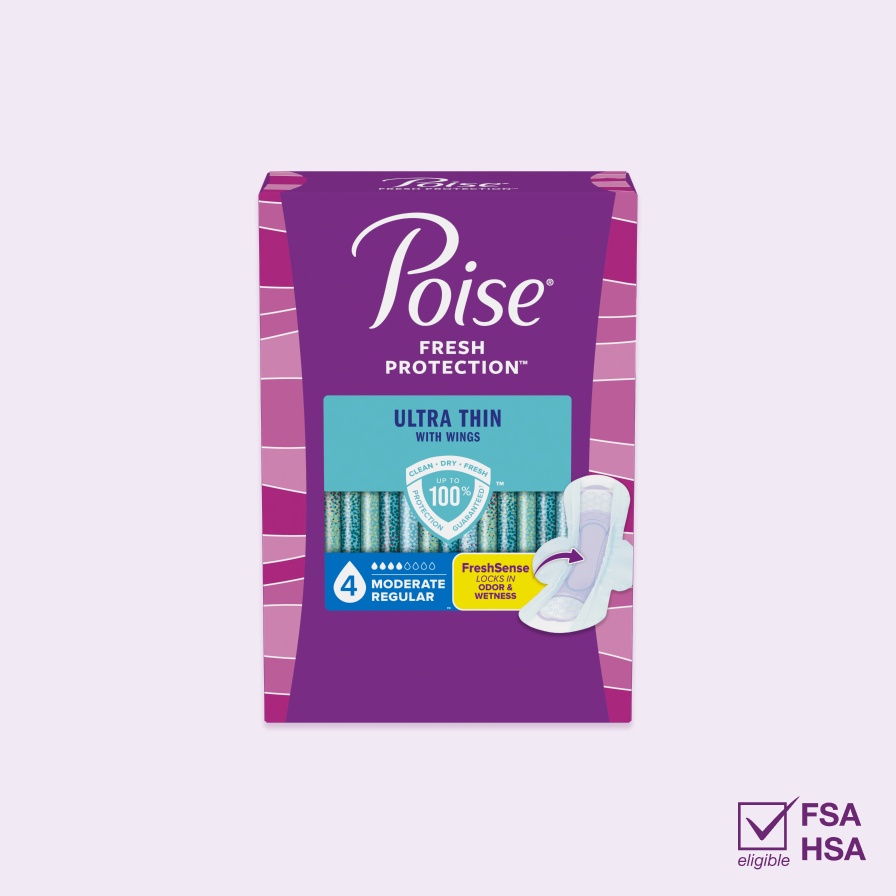Keeping A Voiding Diary To Help With Light Bladder Leakage
Keeping A Voiding Diary To Help With Light Bladder Leakage
If you suffer from urge incontinence, you're familiar with this problem: You're hit by a strong, sudden need to urinate-sort of like going from green light to red light with no yellow light in between. The urge is usually followed immediately by a bladder contraction and involuntary urine leakage.
When treating urge incontinence, the first place many urologists or bladder health experts start is with behavior modification. This is because, in many cases, the bladder can be trained to respond (i.e., empty) at the appropriate time.
One tool that experts use to retrain the bladder is a voiding schedule. At the most basic level, a voiding schedule is just what it sounds like: a schedule for going to the bathroom.
In order to determine how often you should void, your doctor may ask you to maintain a bladder diary. This type of diary answers a lot of questions about your bladder health and patterns, and creates a baseline picture of bladder control.
"I use a bladder diary on every patient I see," says Leslie Wooldridge, a geriatric nurse practitioner affiliated with Hackley Health at the Lake Women's Center in Muskegon, Michigan. "It tells me when you go, how strong the urge is, what you were doing when you went, what you had to drink and how much, if you had leakage, and when you took any medication."
Wooldridge has her patients keep the bladder diary for three days, although it doesn't have to be three days in a row, she notes. From there, she says, "I can determine a voiding schedule," or a schedule of how often you should go to the bathroom.
How does a voiding schedule work? It means urinating at set times in order to train the bladder when it's time to go. Over time, the period between voiding is stretched to match a normal schedule. This might mean increasing the intervals from every hour to every 90 minutes, and so on.
"The normal bladder urinates every two to three hours," she explains. "I don't want people waiting longer than that or going less, as that can feed into urge incontinence." The purpose of a voiding schedule is "timed urination with the goal of reaching normal voiding, which is six to seven times per day," she explains.
For some people it may take four weeks of following this schedule to reach a normal pattern; for others it may take longer.
If you're following a voiding schedule, there may be times when you need to go but it's not time to use the bathroom. If this is the case, Wooldridge and others teach the patients urge-suppression techniques such as Kegels, or quick contractions of the pelvic floor. Another tactic: "Take a big, deep breath, stop what you're doing, and try to distract yourself," she says. "The urge eventually goes away as long as you maintain confidence that it will work." Other urge-suppression techniques include counting backwards from 100 by seven, sitting or lying down, or calling a friend.
Instructions
- Make at least seven copies of the blank voiding diary form so that you can keep the diary for a week.
- Record the time of day when you void in the toilet or have leakage.
- Indicate the degree of leakage in the "Leakage" column.
- Note your activity at the time of any leakage.
- Measuring the amount you drank may help the doctor or nurse assess your condition. If possible, record "Intake" column.
Recommended Products
Absorbency Level
Absorbency Level














